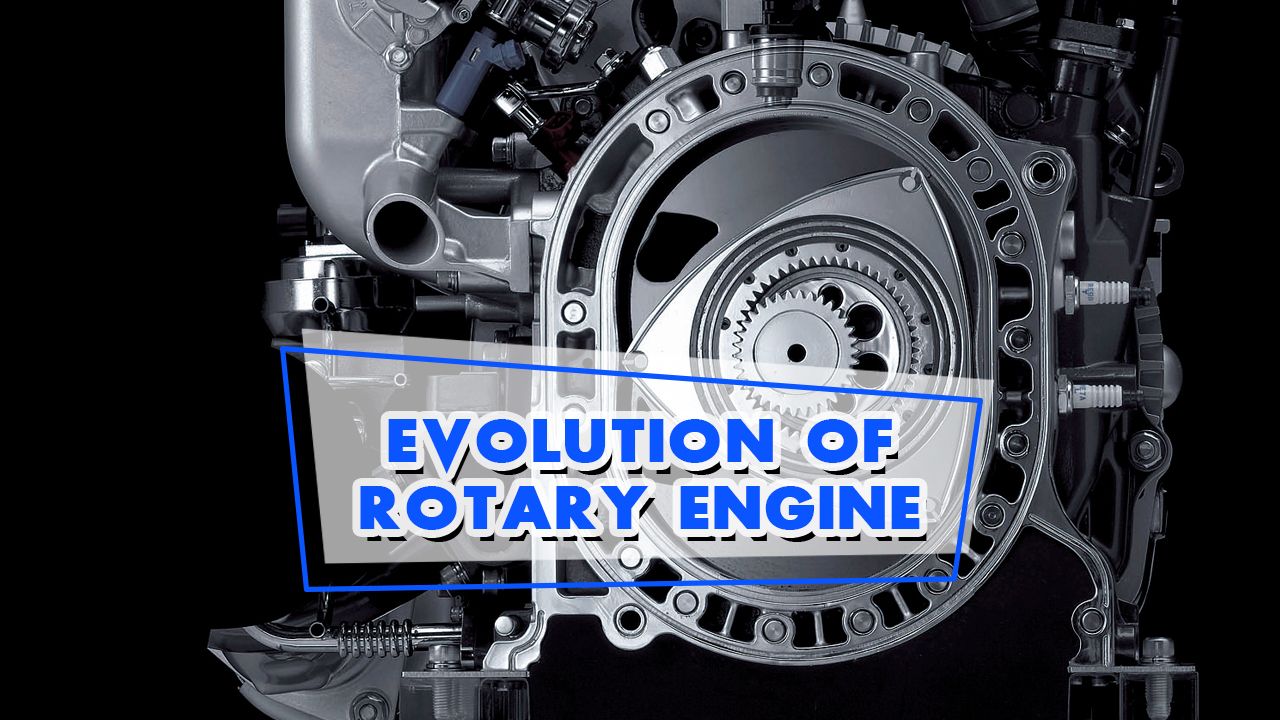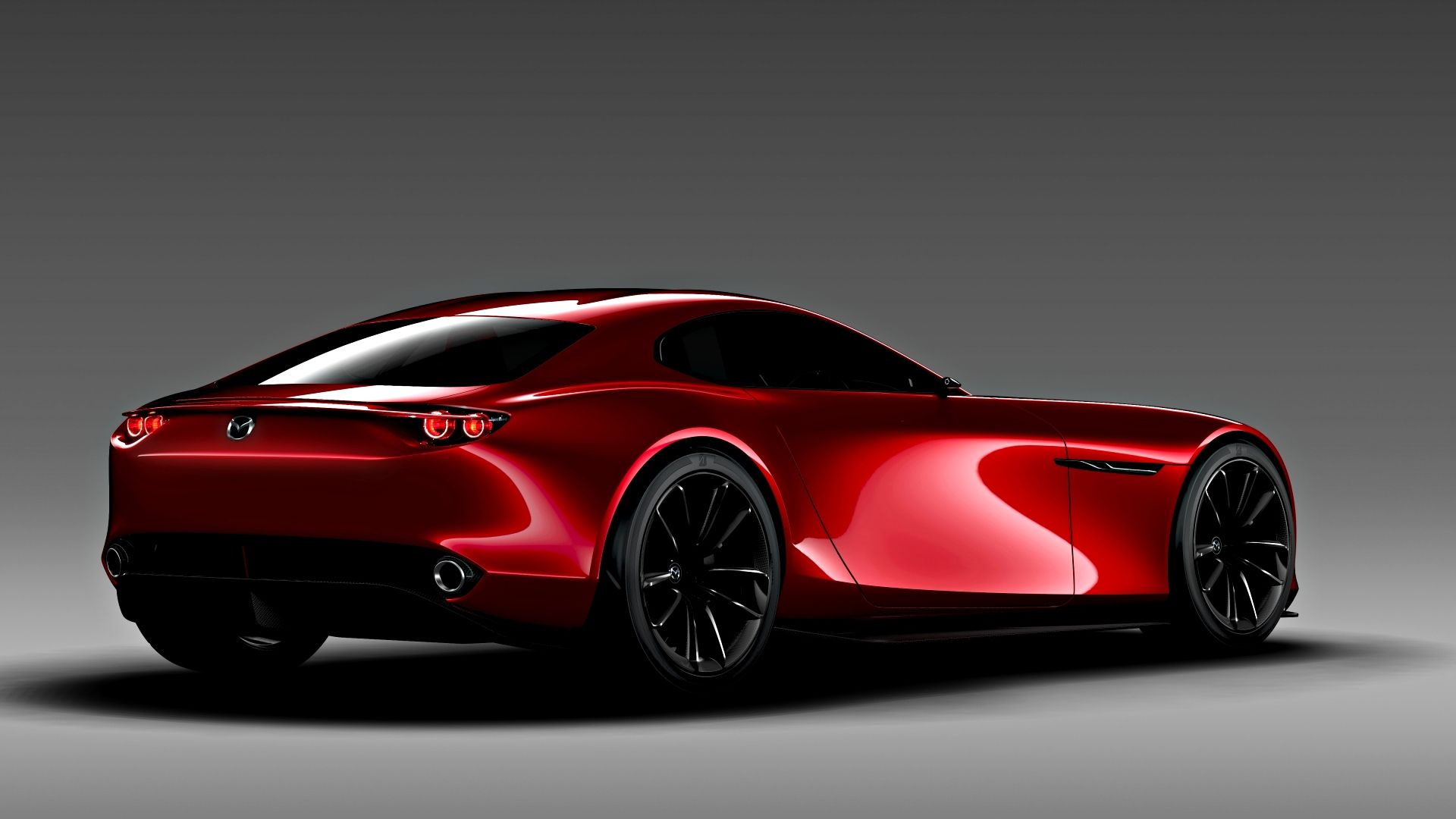
Summary
- Mazda’s rotary engines are compact and lightweight, making them easy to install in small cars.
- The Cosmo Sport, Mazda’s first car with a rotary engine, solidified Mazda’s reputation as an influential carmaker.
- Mazda’s persistence in using rotary engines, despite challenges, led to remarkable accomplishments, including victories in endurance races and the development of sporty cars with better weight balance.
Rotary engines and Mazda’s relationship goes way back. After Felix Wankel completed his rotary engine design in 1954, Mazda and several other companies — such as Alfa Romeo, Rolls-Royce, Porsche, and Toyota — recognized notable advantages of this engine and proposed partnerships. After this, the engine was first employed by the Japanese company in 1967 when producing the world’s first dual-rotor rotary engine car, the Cosmo Sport. Subsequently, production began at Mazda’s own plants in 1973.
Being substantially lighter and smaller than traditional engines, smoother and quieter due to the lack of reciprocating parts, and with a better power-to-weight ratio, they had an impressive output despite their low displacement. This led Mazda to start installing rotary engines into their sedans and coupes in 1968, ultimately resulting in numerous achievements in the racing realm. Among these, the most remarkable was the victory in the 24 hours of Le Mans in 1991, credited to the legendary 787B.
However, the majority of companies ceased incorporating rotary engines into their new models by 1980 due to the main issues associated with them. To provide an overview, the design led to oil burning, faced sealing problems, and had emissions that weren’t very environmentally friendly. Despite these challenges, Mazda diverged from other companies and persisted in using rotary engines. They continued efforts to enhance fuel-efficiency, culminating in the RX-8, the last model to include it just over 10 years ago, in 2012. What was the reason behind this persistence? Stay tuned to find out!

The Rise and Fall of the Rotary Engine
A deep dive into the history and future of Rotary power
In order to give you the most up-to-date and accurate information possible, the data used to compile this article was sourced from various manufacturer websites and other authoritative sources, including Mazda, Fuel Economy, and Car and Driver.
The Rotary Engine Is Easy To Install In Smaller Cars
What stands out most about this engine is its compact design. Requiring fewer components, Mazda’s rotary engines are significantly smaller compared to their piston counterparts, resulting in a less bulky build. This compact design makes it easier to fit into smaller vehicles, a characteristic evident in Mazda’s initial models featuring this engine.
It All Started With The Cosmo Sport
An example of this is the Cosmo Sport, the world’s first mass-production car running a dual-rotor Wankel engine. Also known as the 110S, this car cemented Mazda’s reputation as a small but highly influential automaker.
Mazda Cosmo Sport L10A Specs
|
Engine |
1.0-liter Naturally Aspirated Dual-Rotor |
|
0-60 MPH |
9.8 seconds |
|
Top Speed |
115 MPH |
|
Horsepower |
100 HP |
|
Torque |
98 lb-ft |
|
Transmission |
4-Speed Manual |
|
Layout |
Front-Engine, Rear-Wheel Drive |
(Data sourced from Mazda)
Although the Cosmo didn’t achieve significant commercial success, it symbolized the start of something remarkable for Mazda — an aspiration to develop a viable, sporty car featuring a rotary engine.
It Showcased A Remarkable Accomplishment
Back in 1968, Mazda showcased reliability of rotary engines by entering two 110S models in the Marathon de la Route, recognized as the world’s longest motor race — an 84-hour endurance race conducted between 1965 and 1971. Remarkably, one of the Cosmo Sport vehicles secured the 4th place finish in this 3,000-mile race held at Germany’s challenging Nürburgring circuit — an astounding feat for a new car featuring a groundbreaking engine type.

Why Mazda Should Bring Back The Rotary Engine The Right Way
While the rotary engine’s comeback in the MX-30 was a disappointment, the story of Wankel engines and Mazda is far from over
In order to give you the most up-to-date and accurate information possible, the data used to compile this article was sourced from various manufacturer websites and other authoritative sources, including Mazda, Fuel Economy, and Car and Driver.
The Rotary Engine Is Easy To Install In Smaller Cars
What stands out most about this engine is its compact design. Requiring fewer components, Mazda’s rotary engines are significantly smaller compared to their piston counterparts, resulting in a less bulky build. This compact design makes it easier to fit into smaller vehicles, a characteristic evident in Mazda’s initial models featuring this engine.
It All Started With The Cosmo Sport
An example of this is the Cosmo Sport, the world’s first mass-production car running a dual-rotor Wankel engine. Also known as the 110S, this car cemented Mazda’s reputation as a small but highly influential automaker.
Mazda Cosmo Sport L10A Specs
|
Engine |
1.0-liter Naturally Aspirated Dual-Rotor |
|
0-60 MPH |
9.8 seconds |
|
Top Speed |
115 MPH |
|
Horsepower |
100 HP |
|
Torque |
98 lb-ft |
|
Transmission |
4-Speed Manual |
|
Layout |
Front-Engine, Rear-Wheel Drive |
(Data sourced from Mazda)
Although the Cosmo didn’t achieve significant commercial success, it symbolized the start of something remarkable for Mazda — an aspiration to develop a viable, sporty car featuring a rotary engine.
It Showcased A Remarkable Accomplishment
Back in 1968, Mazda showcased reliability of rotary engines by entering two 110S models in the Marathon de la Route, recognized as the world’s longest motor race — an 84-hour endurance race conducted between 1965 and 1971. Remarkably, one of the Cosmo Sport vehicles secured the 4th place finish in this 3,000-mile race held at Germany’s challenging Nürburgring circuit — an astounding feat for a new car featuring a groundbreaking engine type.